The Wisconsin Triennial, at the Madison Museum of Contemporary Art through Sept. 14, is more than a showcase of 24 working artists from around the state. This exhibition challenges visitors to connect with modern art in new ways, question ideas about museums, and wake up their senses to what is happening in Wisconsin today.
For this year’s Triennial, the in-house curators were looking for artists whose work reflects our current moment while acknowledging what has changed, or hasn’t changed, since 2022.
The museum’s three-story wedge of glass may be a landmark on State Street, but not everyone feels drawn to walk through the museum’s doors. Museum director Paul Baker Prindle has acknowledged that it’s hard to get people away from their screens to interact with art in person. To that end, the 2025 Triennial was designed with multiple entry points to elicit reactions and welcome people into the conversation.
The explanatory labels for each artwork are in large print and in Spanish as well as English. And the label texts were written by the artists themselves instead of by a curator, which makes them feel like conversation starters. There is also a Triennial Talk podcast playlist on Spotify that can be opened in the gallery using a QR code or listened to anywhere. These short one- to four-minute audio pieces are reflections on specific artworks by local celebrities, politicians, art historians and other Wisconsinites.
A scavenger hunt geared toward young people enticed my own kids to explore the art. Piles of pillow-like furniture in the gallery set a playful mood and before long, the teens were lounging in the corner space surrounded by four large, colorful paintings by Madison-based artist Taj Matumbi. Matumbi’s bold graphics show layered influences in an accessible vernacular and seemed to put the younger visitors at ease.
Near the museum’s street-level welcome desk are three paintings by Madison artist Angélica Contreras. Her mixed media works invite viewers literally to lean in — to get closer. The layers of colors and textures are like hidden pictures filled with recognizable Latin American scenes and themes. For example, a piece called Globos (Balloons) is a vignette of an anonymous balloon vendor. The person is completely engulfed by their wares and only their legs are visible. With closer inspection the balloons reveal a composition of characters, brands, objects, and archetypes, all set against a brightly patterned background. In her label text, Contreras explains that her style echoes “the tradition of magical realism that has long been a cornerstone of Latin American literature and art.”
Over the glass stairwell leading up to the full show on the second floor is a rainbow of ribbons called Ceremonial (Pow Wow Ribbon Chair). On the label, the artist John Hitchcock explains that chairs are common objects that provide support, comfort and inclusion. Hitchcock, a professor of art at UW-Madison, is an enrolled member of the Kiowa Tribe of Oklahoma and of Comanche and Northern European descent. The colorful ribbons are beautiful in the sunlit atrium and are visible from the street — hopefully drawing people inside. Ceremonial also feels like an acknowledgement that we are on Native land.
Indigenous presence in the 2025 Triennial is powerful. Four artists — Hitchcock, Tom Antell, Jolene Frechette and Tom Jones — are Native American.
In the main second floor gallery, a large photo by Jones, of the Ho-Chunk Nation of Wisconsin, fills the space with pride, strength and history. His portrait of Levi Blackdeer in regalia honors veterans and reminds viewers they are in Ho-Chunk homelands.
Frechette, of the Menominee Tribe, grew up in Madison and calls herself an “urban Native.” Her three textile pieces are displayed in a shadowbox and convey humor while referencing modern-ancient archetypes.
Three of Antell’s paintings bookend the show — two at the entrance and a third on the back wall. Antell is an Ojibwe artist and enrolled member of the White Earth reservation in Minnesota who lives near Hayward. He describes himself as a storyteller and narrative painter. He writes, “In light of the current political climate in America, in which the accurate teaching of Native history is white-washed or outright banned, it is more important than ever that Native Americans tell their stories — past, present and future.”
In the second half of the exhibition, three monochrome sculptures in glass cases by Michael Velliquette, an assistant professor of art at UW-Madison, are calming yet alluring. The works have long, poetic titles that hint at the deep concentration and many hours of meditative work required to build layered worlds from what he calls “humble materials” — scissors and paper.
Many of the pieces were made more interesting by listening to the Triennial Talk reflections.
Madison curator and photographer Andy Adams’ talk about a photograph by Milwaukee-based Lois Bielefeld, where he describes the scene as a “family conversation,” suggests familiar human feelings expressed between characters. Wisconsin poet laureate Brenda Cárdenas’ talk is a poem written in response to Symbiosis #2: Pair of Cabinets by Katie Hudnall. Hudnall runs the woodworking and furniture program at UW-Madison. Cárdenas’s poem brings the sculpture to life, with one cabinet speaking to the other, making the unusual piece into a metaphor for marriage. This was a fun way to get to know both artists a bit better.
The art in the 2025 Triennial doesn’t hang silent. Artists from different generations, experiences and backgrounds have generated a friendly, open, worthwhile conversation. The diversity of creative responses to this moment in time stretches beyond the museum’s walls and creates a civic space for people to come together in search of meaning and understanding.
Related exhibits are also worth checking out. The ground floor is home to a solo exhibit of José Lerma, who was part of the 1999 Triennial and has gone on to great success. And works from past Triennials from 1978-2022 that are now part of the MMoCA’s permanent collection are on display in the Henry Street Gallery.









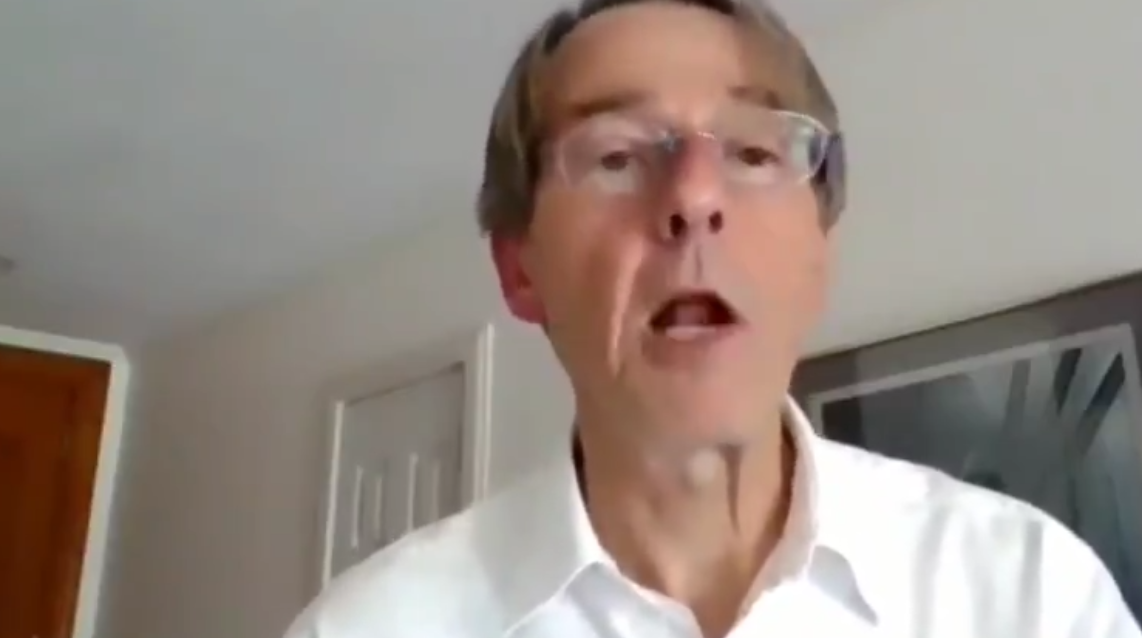
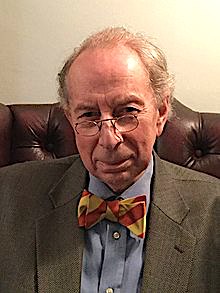

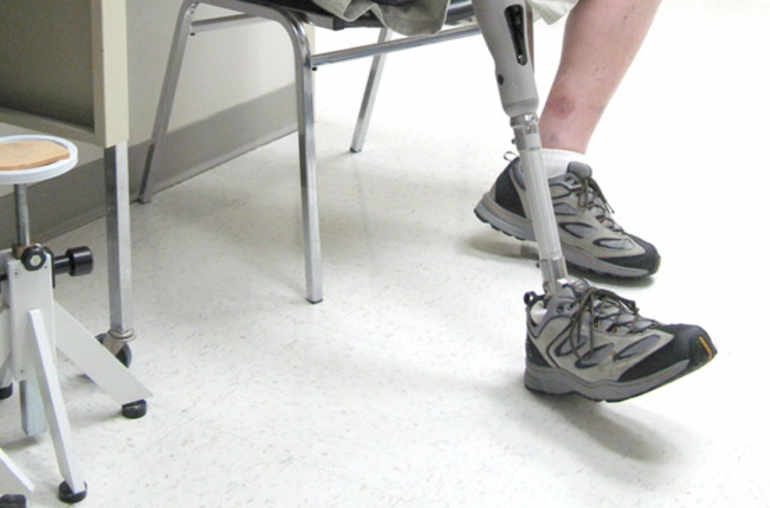

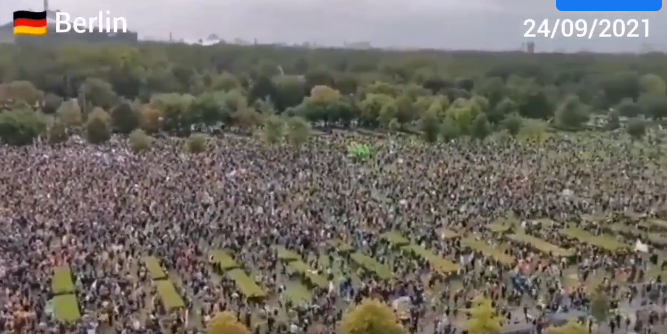


.jpg)


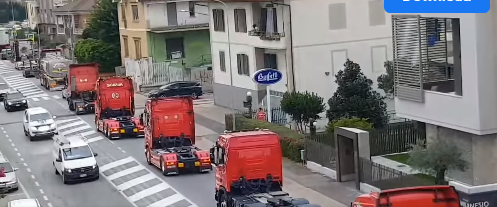



 English (US) ·
English (US) ·  French (CA) ·
French (CA) ·